Hello, dearest!
I haven't posted in two weeks, as I was extremely busy working on two exhibitions at the same time. In our museum, the Jagiellonian University one, October is dedicated to women.
We opened two exhibitions “Ladies, what do you need that for?” and “They’re studying, but could have to pose” - they’re open to public till the end of January 2025.
I had the pleasure of working on both of them, for the main one I created an exhibition setup contacting the portrait of Nawojka, previously presented on Hive, and two animals the crow and the boat, that Simona Kossak was taking care of them. Her story I want to leave for a separate post, but today's focus is on all of that work.
Why these exhibitions are important? The woman's side of the story, commonly known under the name “herstory” is sometimes underrated in public narration. Let's take a famous Pole - Maria Sklodoska Curie, two-time winner of the Nobel Prize in the early 20th century, the first woman in history that achievement. She was dismissed from Jagiellonian University as a student(women at that time weren't allowed to study here) and assistant, but that did not stop her from reaching certain goals in her career. She was also the first woman to be a professor of French Sorbonne.
But many women have been forgotten or silenced throughout history. But their persistence actually makes an impact in many fields they've worked in.
Not so long ago, about the year 1917, a young girl from Krakow, fascinated by art, wanted to study painting, but women at that time were forbidden to study in Poland, and the closest school was in Paris, but still couldn't get a masters diplom. She dreamt of Munich, which was slightly closer than Paris, but to study there, she had to dress as a man, precisely her brother. That girl's name is Zofia Stryjenska, one of the most famous painter of Polish culture.
Why am I mentioning these two women specifically? They were among many others, who had to scratch and dig for not only themselves but many other women today.
You see the story of the famous Noblist, who could be a professor in her own country, Olga Boznanska, another painter, who studied in Paris was also neglected in Poland.
What stories inspire still, and in my personal opinion - these women should be influencers today, not like the other half-witted “stars” from a telly or all over the internet, who support consumption.
So my project wanted to honor the work of those less known sometimes, but the ones that actually made paths for us today.
The project also includes four workshops focused on traditional female crafts with modern guidance. The workshops are free of charge and they're till the 9th of November at Collegium Maius.
The exhibition is highly appreciated, a lot of tourists visit it and see, as well many guides use our painting to tell their stories about Krakow.
Here are the photographs of the opening, hope you enjoy!
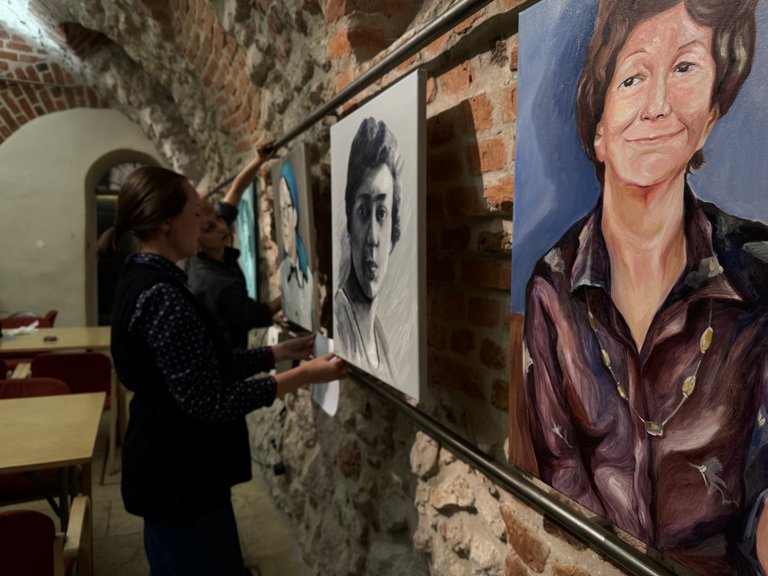
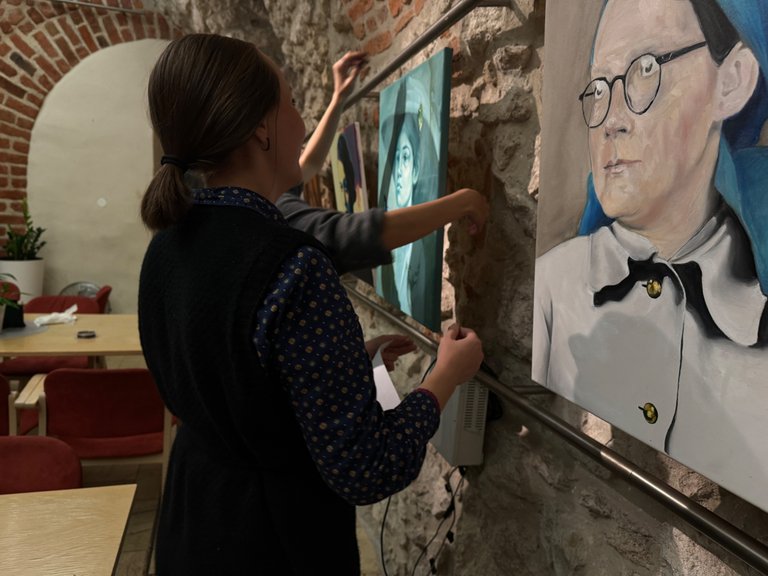
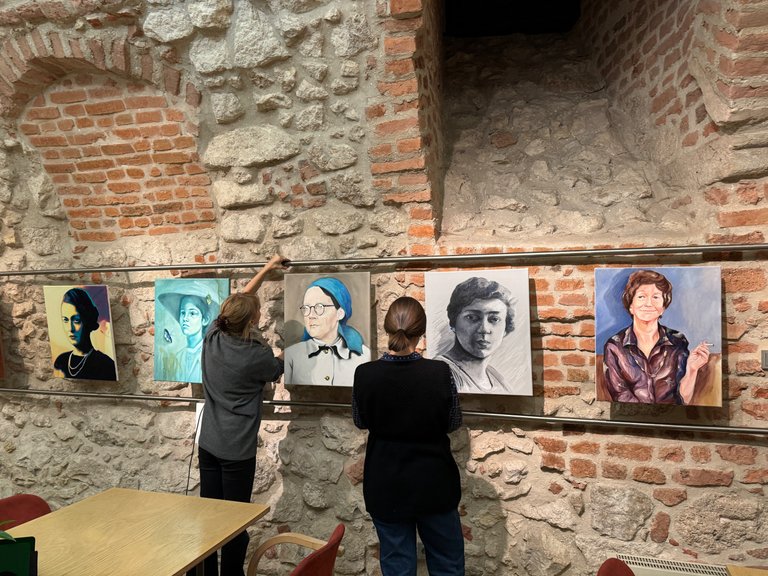
Hanging this exhibition was a bit tricky, we used fishing wire, and knotting that up took us around five hours, and bloody fingers 😂
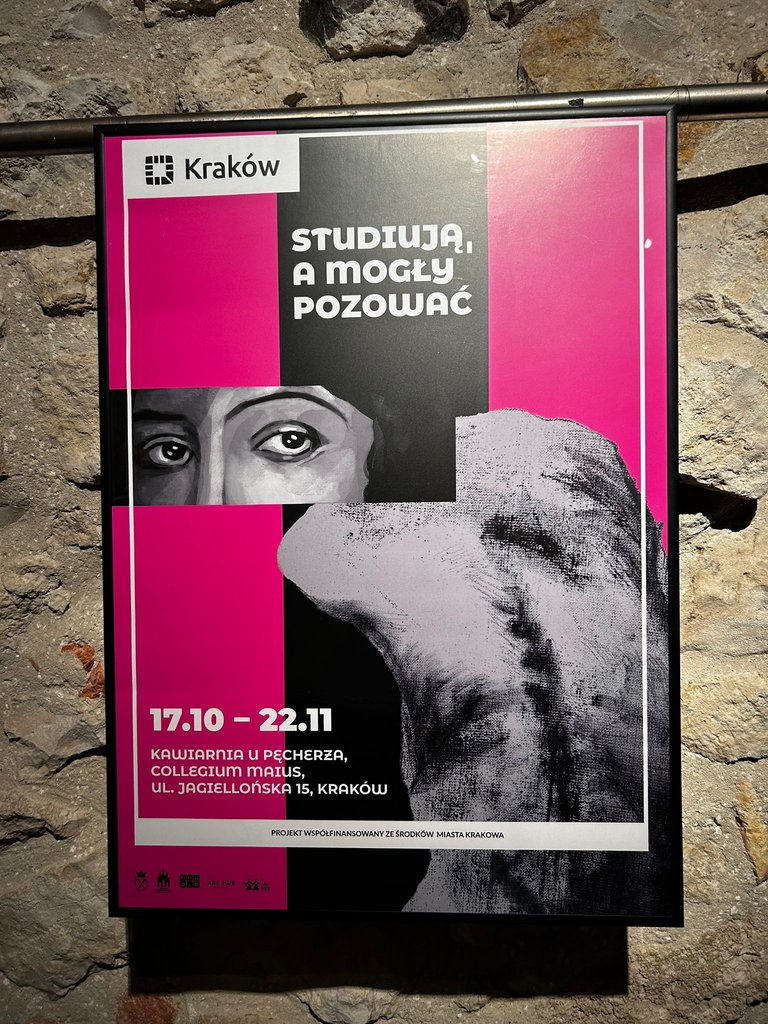
Our poster with the eyes of Zofia Stryjenska and the back of our model in the Art Academy.

The women from the left - Zofia Majmeskuł-Mastelarzowa, the first woman who studied law at JU in the 1920s (painted by Nina Dziwoki), Wislawa Szymborska, famous Noblist (painted by Anastazja Dzupina), and Simona Kossak, famous biologist, doctor and professor, dedicated to nature conservation of Białowieski Wilderness (painted by me).
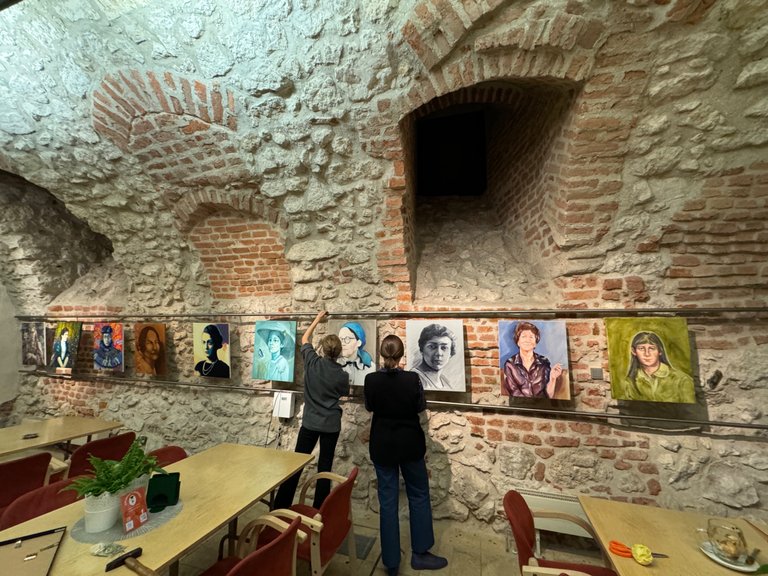
All ten of the portraits.
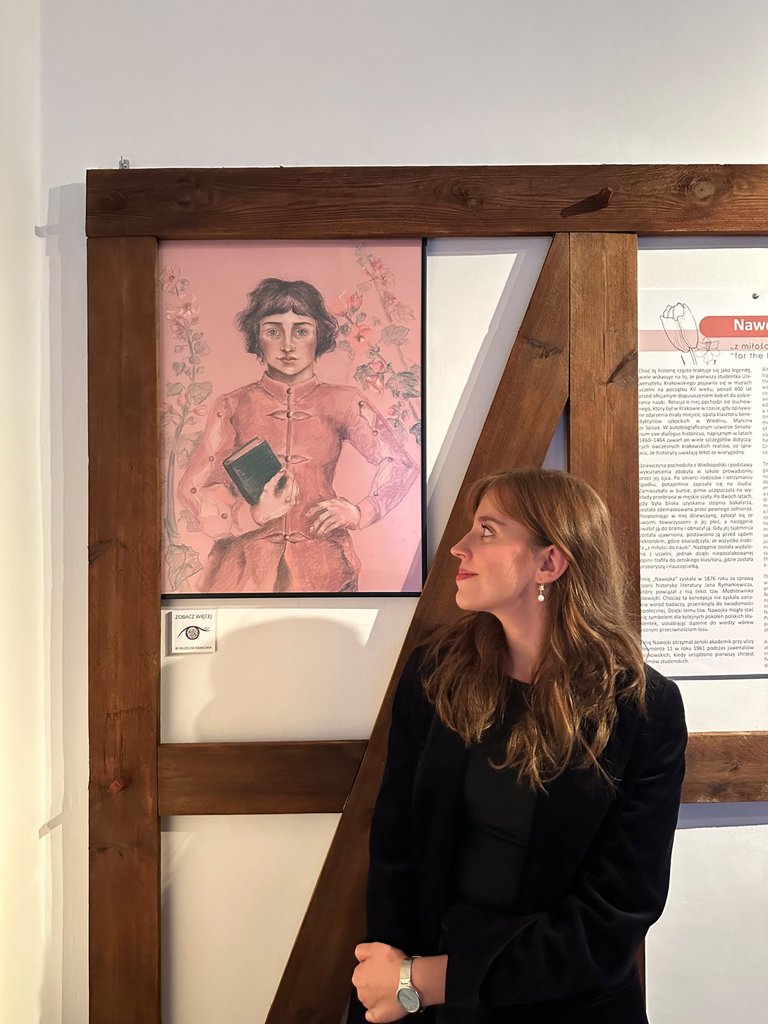
My other portrait of Nawojka in the main exhibition.
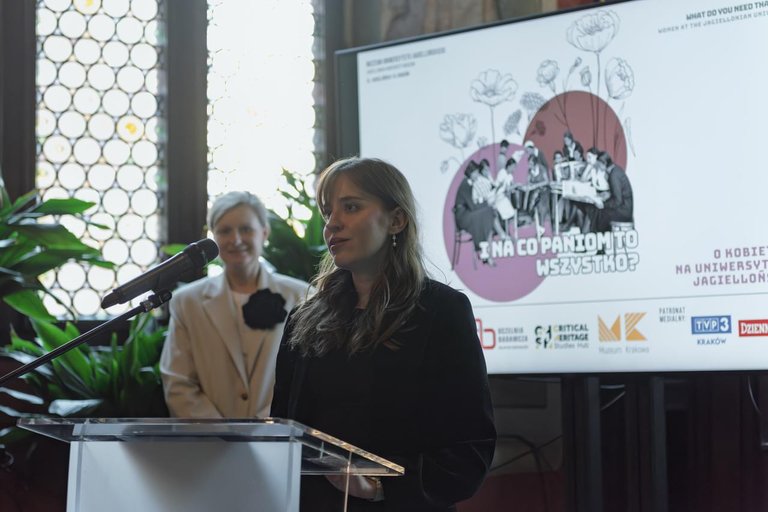
Me speaking at the opening in the beautiful Aula. Photo by Mateusz Kozina, JU
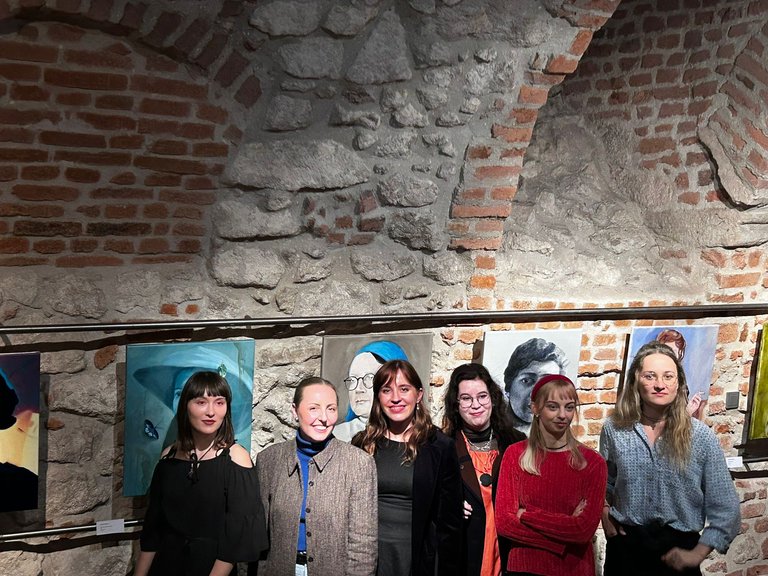
Most of the painters at the opening, from the left: Danuta Turkiewicz, Niną Dziwoki, Aga Hallmann, Zuzanna Romańska, Kasia Wierzba, Emilia Garbień. Photo by Grzegorz Monika Przetakiewicz
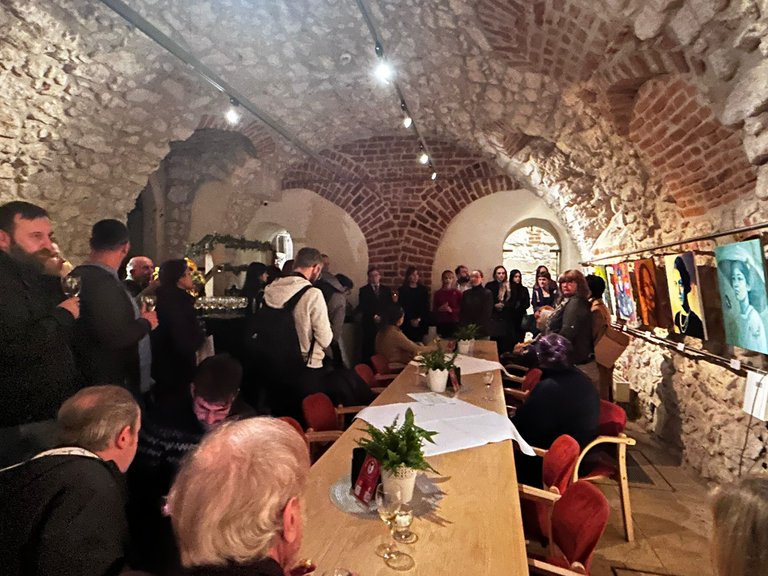
At the opening.
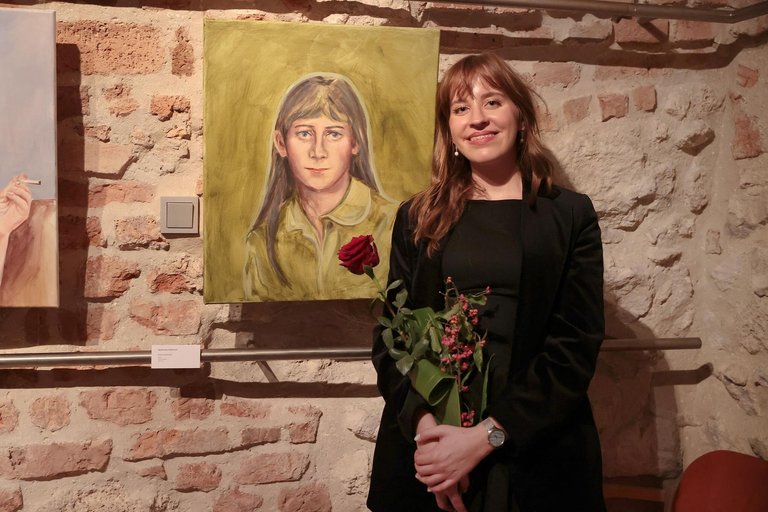
Simona Kossak and I
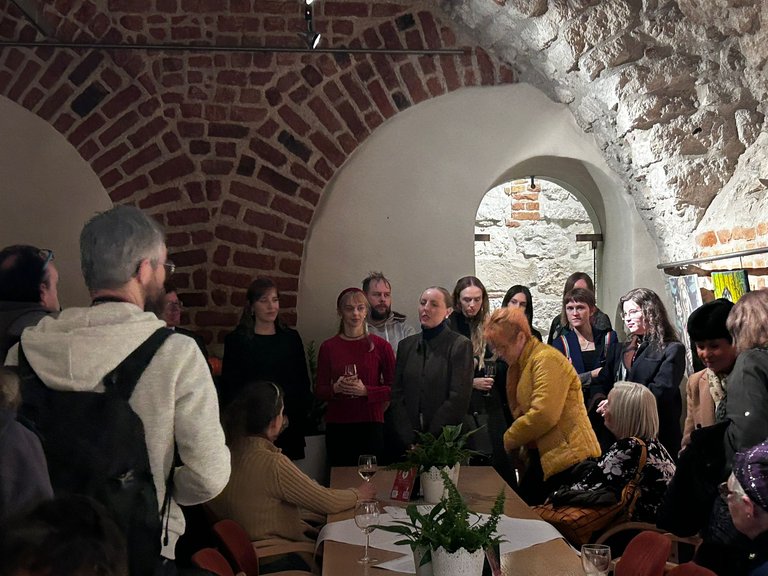
Opening we talk about project
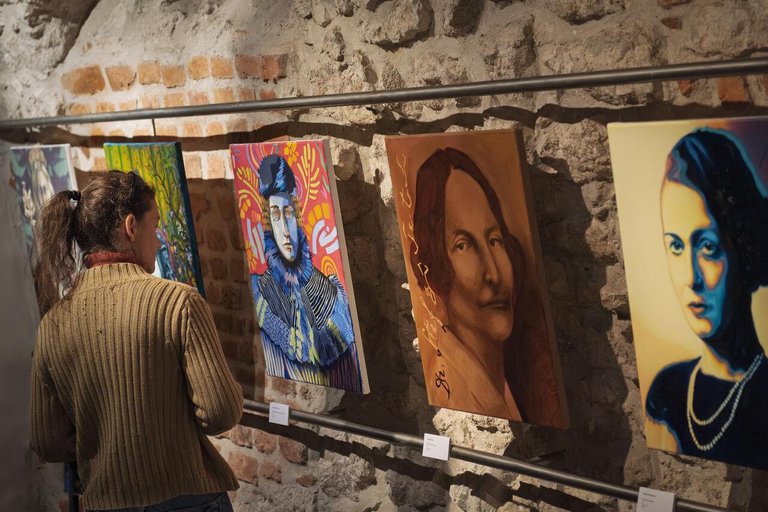
Photo by Mateusz Kozina
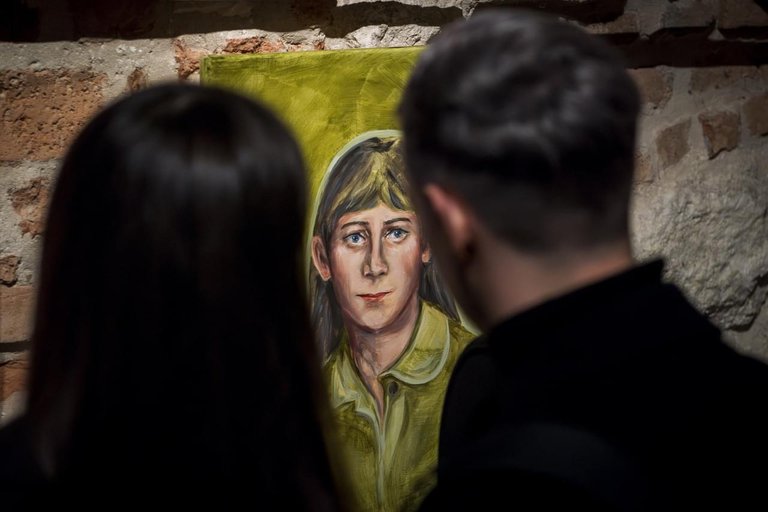
Photo by Mateusz Kozina
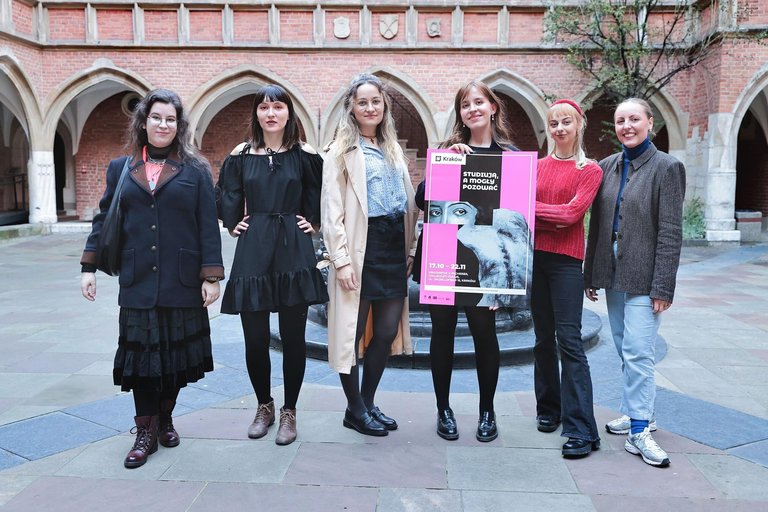
Ladies 💕 photo by Grzegorz Monika Przetakiewicz
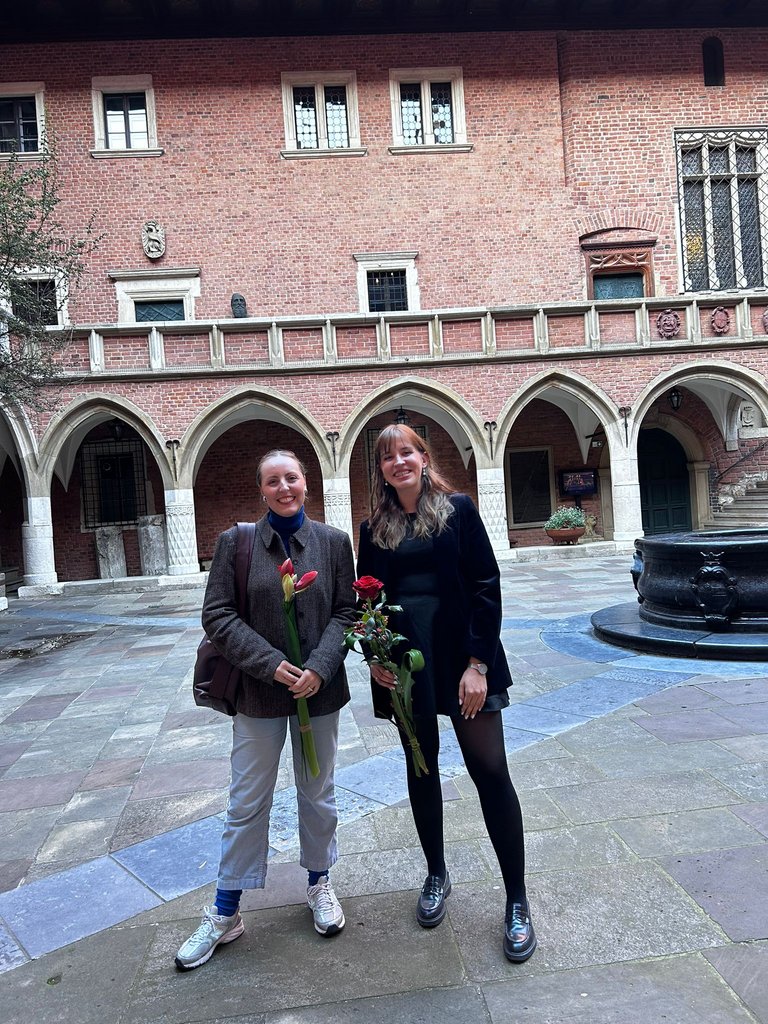
Nina and I, the coordinators, very proud of the results 💕



